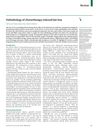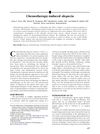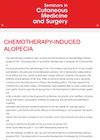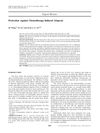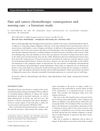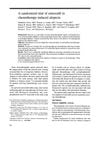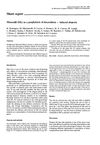A Genome-Wide Association Study of Chemotherapy-Induced Alopecia in Breast Cancer Patients
September 2013
in “
Breast cancer research
”
TLDR A specific gene variant is linked to a higher risk of hair loss from chemotherapy in breast cancer patients.
The genome-wide association study (GWAS) investigated genetic risk factors for chemotherapy-induced alopecia in breast cancer patients, involving 303 individuals with grade 2 alopecia and 880 without hair loss. The study identified a significant SNP (rs3820706 in CACNB4) associated with a higher risk of alopecia (P = 8.13 × 10^-9, OR = 3.71). A weighted genetic risk scoring (wGRS) system classified patients into risk groups, with the highest risk group having a 443 times higher risk of alopecia from antimicrotubule agents compared to the lowest risk group. These findings provided insights into the molecular mechanisms of chemotherapy-induced alopecia and could aid in developing preventive or therapeutic interventions, although further validation with independent samples was needed.
